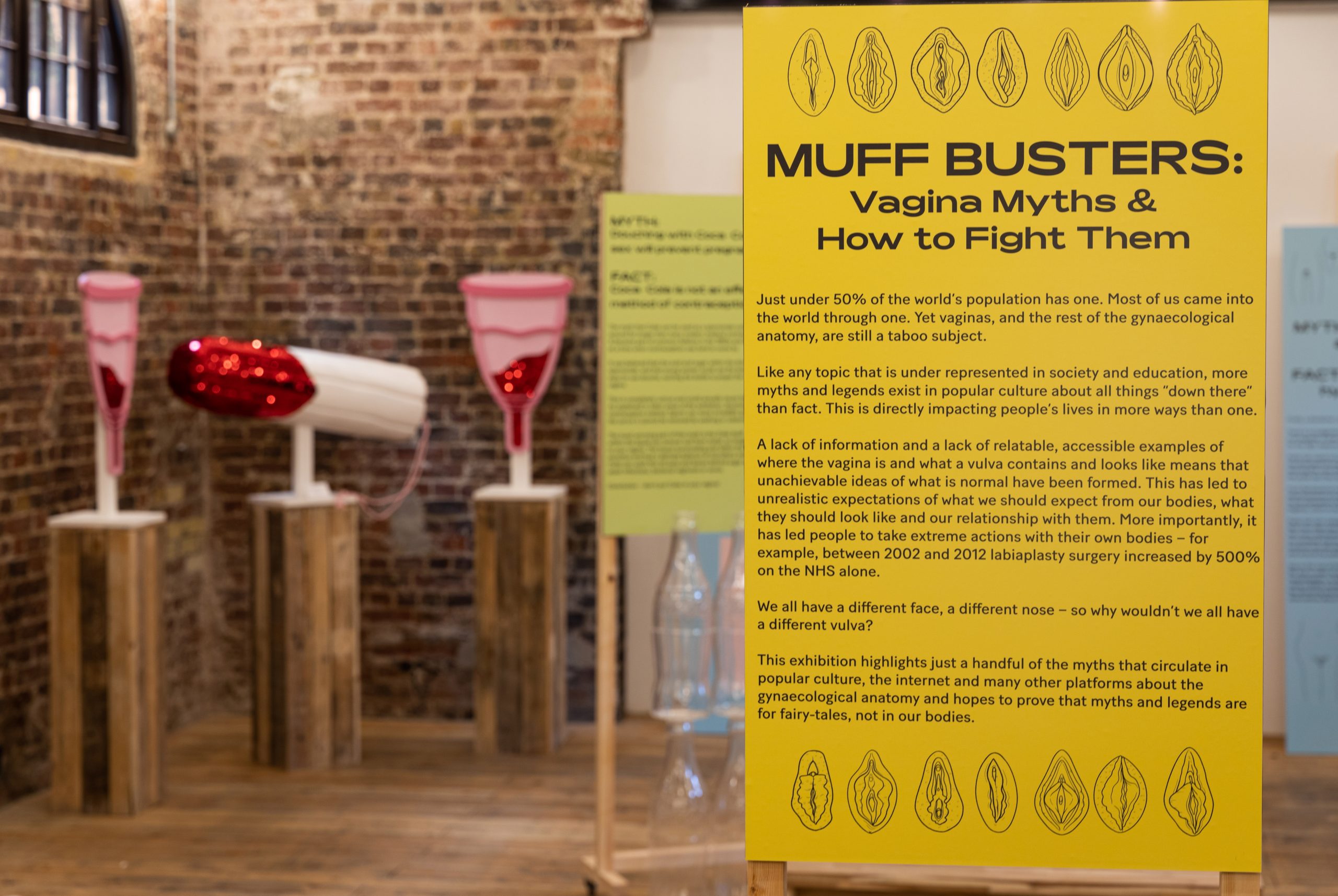ita | eng
If somewhere in the world there is a museum dedicated entirely to the male reproductive system, why shouldn’t there be one dedicate to the vagina? This is the question posed by the founder of the Vagina Museum in London, which opened its doors on 16 November 2019 after a long crowdfunding campaign supported worldwide.
The fundraising, carried out through events, soirees and meetings paid off, and now the museum – designed by Florence Schechter – has permanent headquarters in Camden Market (London), and is ready to welcome visitors for the next two years.
The spark that ignited the creativity of Schechter – youtuber and expert in communication – was the casual discovery, during a trip to Iceland, of a museum dedicated to the penis. Since, at the time, there was no female equivalent of this institution anywhere in the world, Schechter decided to put all her knowledge and skills to work so that the vagina could have a museum of its own. A place where one can talk about all the medical and scientific issues regarding the female reproductive system, with particular attention to raising awareness and spreading useful information on the menstrual cycle as well as the morphology of the vagina itself. A museum in which knowledge and scientific research are filtered through the irony of the staff and the exhibition itself – an effective method to make the subject easier and softer for any type of audience.
View this post on Instagram
The reasons behind the necessity of such a museum should be simple and clear to everyone. This institution was created first and foremost to fight prejudices on the vagina: statistical surveys, conducted in 2016, showed that 65% of women aged 16 to 25 years were embarrassed to even pronounce the words “vagina” and “vulva” – as reported on Forbes. In addition, a large part of the population lack the basic knowledge to accurately describe the female reproductive system. This is disconcerting given the importance, in daily life, that prevention and gynaecological health should have on everyone.
The first exhibition of the new museum will be open until 2020. Entitled Muff Busters: Vagina Myths and How to Fight Them, curated by Sarah Creed, the exhibit is dedicated to myths surrounding the vagina and how to disprove them. For example, did you know there are birth control practices that have absolutely no scientific foundation or value? Which ones, and how can they endanger the health of women?
This, and many other topics, are the focus of the exhibit: small and collected, but rich in data and information that is useful to spread awareness on the topics covered. Glitter tampons and menstrual cups accompany the visitors to the discover the female universe, on a path that seems like the basis for a constantly evolving project. A space always open for discussion about feminism, women’s rights, gender identity, and for the breaking down of stereotypes and stigmatisation of the body.

©Angus Young 2019
All of the museum’s initiatives are free of charge, one can support the institution through donations or volunteer work – the instructions can be found on the official website of the museum. One can also buy gadgets in which art and photography (from erotic Shunga prints, illustrations by Charlotte Wilcox, to bag and pens personalised with the museum’s logo) serve as a medium to spread the message launched by the museum itself: conversations about the vagina help overcome the boundaries of the mind, encourage the exchange of ideas, and spread awareness on anatomical and gynaecological matters.
More information can be found on the Vagina Museum official website . To find out more about illustrator Charlotte Willcox visit her Instagram page: @charlotte.illustrates.
Translated by Ludovica Sarti
Read more Curious Facts
